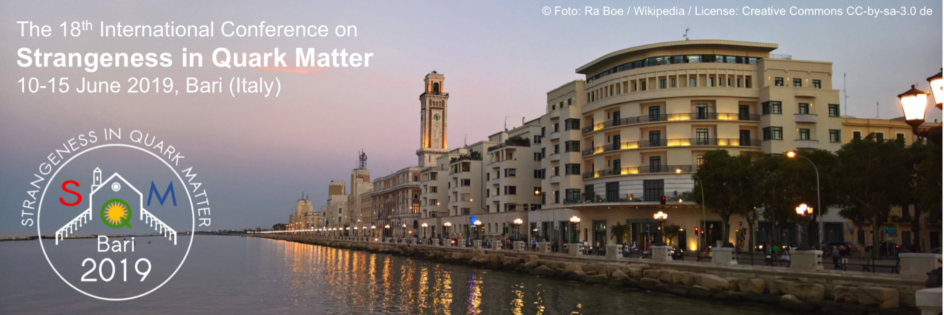Speaker
Description
Studying the QCD phase structure of the strongly interacting matter is one of the primary goals of relativistic heavy-ion collision experiments. The higher moments of conserved quantities for strong interaction such as net charge, net baryon and net strangeness are proposed to be sensitive observables for search of the QCD critical point and the phase transition between quark-gluon plasma and hadronic matter. Higher order moments such as variance ($\sigma^2$), skewness (S), kurtosis ($\kappa$) of event-by-event distributions of net charge, net proton and net kaon were measured by the STAR experiment in the phase I of Beam Energy Scan (BES) program. The moment products ($S\sigma$ and $\kappa\sigma^2$) of net proton distribution measured in the most central (0-5%) collisions show non-monotonic behaviour as a function of beam energy. The ratio of sixth- to the second-order cumulants ($C_6/C_2$) can also provide insight into the nature of phase transitsion. The $C_{6}/C_{2}$ ratio of net proton distribution in central collisions of gold nuclei at $\sqrt{s_{NN}}$ = 200 GeV shows negative sign.
The STAR experiment recently recorded high statistics data for Au+Au collision at $\sqrt{s_{NN}}$ = 54.4 GeV which allows us to perform precise measurements of higher order cumulants .We will present results of the higher moments (up to the $6^{th}$ order) measurement and moment products of event-by-event net particle distribution as a function of collision centrality. The results will also be compared with those obtained from the transport (UrQMD) and thermal (HRG) models. In addition, a beam energy dependence of the cumulant ratios will be presented.
| Track | QCD phase diagram and critical point |
|---|---|
| Collaboration name | STAR Collaboration |
